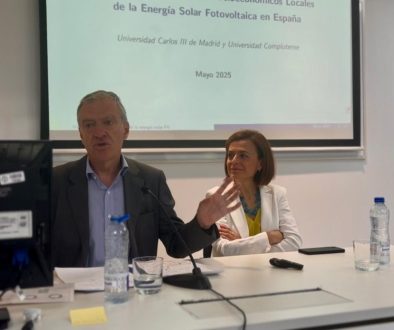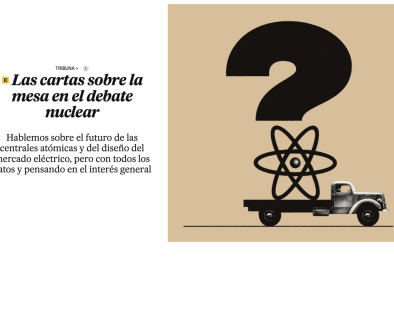Competition among Renewables
Natalia Fabra presented her work, co-authored with Gerard Llobet, on “Competition among Renewables” at the ETH Zürich in November 2018. She also presented it at the Simposio of Análisis Económico of the Spanish Economic Association that took place in December 2018 at Universidad Carlos III de Madrid.
Compliance with the emissions targets requires heavy investment in renewable electricity generation. By 2030, almost 80% of total generation will have to come from renewables to compensate for the weaker ability of other polluting sectors to procure their energy needs through renewable sources. For these investments to take place, producers need to assess which will be their revenue flows during the lifetime of the assets (20 years and beyond). Yet, we still do not know know how will renewables-dominated electricity markets will perform, particularly so if there is scope for strategic behaviour by renewable producers.
In this paper, we model competition among renewable producers in electricity wholesale markets, which are organised as auctions. There are two key distinguishing feature of renewable energies: they have very low marginal costs, and their availability is uncertain. Furthermore, there is asymmetric information about how much each firm is willing to produce in the wholesale market: firms find it difficult to forecast with full precision the renewable availability of their rivals; in contrast, they know exactly how much renewable electricity they have committed to produce with their own plants.
We find that firms bid more competitively when renewable capacity is private information than when it is not. Hence, market power is mitigated in renewable dominated markets. Yet, the market does not replicate the perfectly competitive outcome. In equilibrium, firms submit lower prices the higher the firm’s private signal regarding their available capacities, and such price offers are between their marginal costs and the marginal costs of the back-up technology. Hence, estimates of the price-depressing effect of renewables (the so-called merit order effect) tend to overestimate their price impact when they assume perfect competition.
We find that equilibrium market prices go down smoothly as investments in renewables go up. Prices reflect the marginal costs of the back-up technology unless the weight of renewables is a sufficient large. Further increases in renewable investment reduce their markup, leading to lower prices. The market depicts substantial price volatility, which is non-monotonic in the level of renewables investments.
We also assess market performance under an alternative auction rule (pay-as-bid or discriminatory auction), and evaluate the impact of the ownership ship structure on market prices.
The paper and slides are now available.




